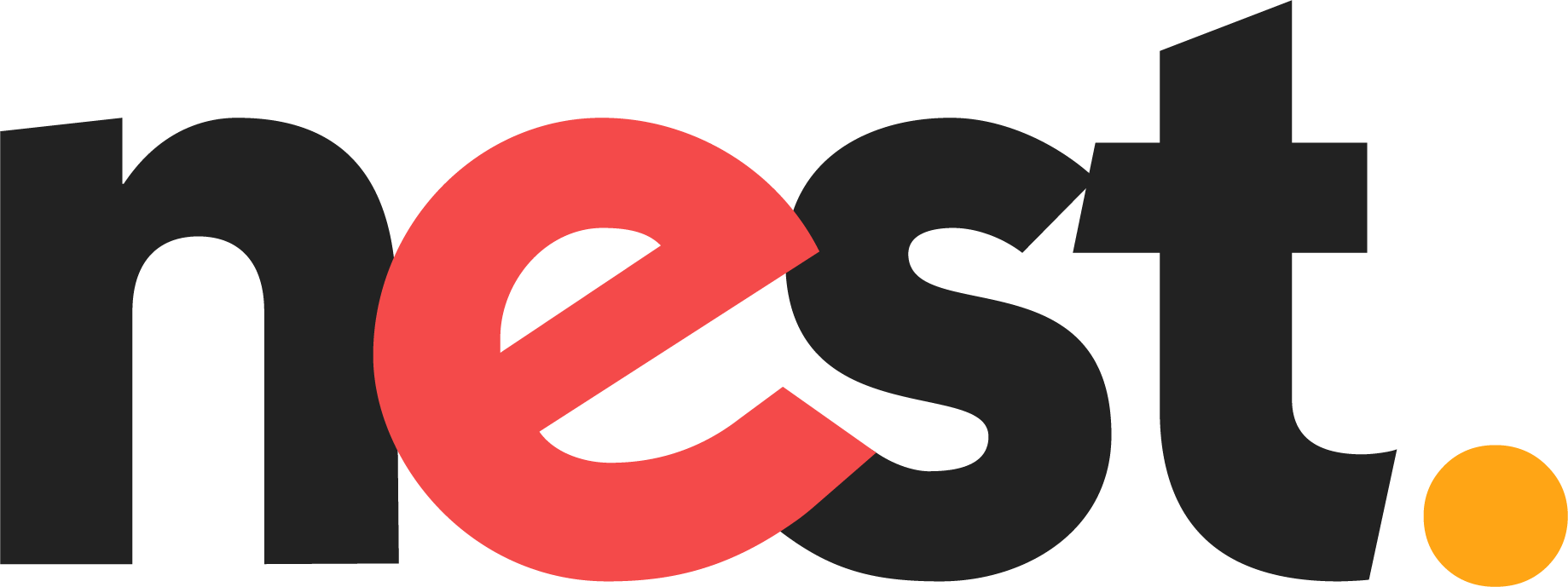Embarking on the journey towards financial freedom requires a delicate balance between saving and investing. Whether you’re just starting out or you’re a seasoned investor, it’s crucial to maintain this balance while navigating the complex world of personal finance. While the prospect of saving and investing simultaneously may seem daunting, especially for beginners, there are several straightforward strategies you can implement to achieve this goal effectively. In this guide, we’ll explore five easy ways to start saving and investing at the same time, empowering you to take control of your financial future.
- Embrace the “Pay Yourself First” Principle:
The cornerstone of effective financial management is the “pay yourself first” principle. Instead of waiting until the end of the month to save whatever is left, prioritize saving a portion of your income as soon as it arrives. This proactive approach ensures that saving becomes a non-negotiable part of your financial routine.
To implement this principle effectively, determine a fixed percentage of your income—whether it’s 10%, 20%, or more—that you’ll allocate towards savings before addressing other expenses. By automating this process through direct deposit or automatic transfers, you remove the temptation to spend impulsively and establish a consistent savings habit.
For example, if you earn $4,000 per month after taxes and decide to save 15% of your income, you’ll set aside $600 each month towards your savings goals. Over time, this disciplined approach can lead to significant accumulation, providing you with a financial cushion and resources for investment opportunities.
- Leverage Side Hustles for Additional Income:
In today’s gig economy, there are ample opportunities to supplement your primary income through side hustles or freelance work. Whether it’s freelance writing, graphic design, or driving for a rideshare service, side hustles offer flexibility and the potential for additional earnings.
When integrating side hustles into your financial strategy, earmark a portion of your supplementary income specifically for savings and investments. By doing so, you not only increase your earning potential but also diversify your income streams, reducing reliance on a single source of revenue.
Consider allocating a percentage—perhaps 25% or more—of your side hustle earnings towards savings and investments. This proactive approach accelerates your progress towards financial goals while leveraging the flexibility and autonomy afforded by side hustles.
For example, if you earn an extra $500 per month from a side hustle, allocating 30% ($150) towards savings and investments can yield significant long-term benefits, enhancing your financial stability and growth potential.
- Establish a Robust Emergency Fund:
Building a robust emergency fund is paramount to financial resilience and stability. This dedicated savings account serves as a financial safety net, providing liquidity to cover unexpected expenses or emergencies without derailing your long-term financial goals.
Aim to accumulate at least three to six months’ worth of living expenses in your emergency fund to safeguard against unforeseen circumstances such as job loss, medical emergencies, or major home repairs. By setting aside a predetermined amount from each paycheck, you gradually build a financial buffer that shields you from financial shocks.
Consider automating contributions to your emergency fund to ensure consistency and discipline in your saving efforts. Additionally, periodically review and adjust your savings goals based on changes in income, expenses, or life circumstances to maintain adequacy and preparedness.
For instance, if your monthly expenses amount to $3,000, saving 20% of your income ($600) towards your emergency fund can help you accumulate $3,600 within six months. This fund provides peace of mind and financial security, allowing you to navigate unexpected challenges with confidence.
- Prioritize Debt Repayment to Free Up Resources:
High-interest debt can impede your financial progress and limit your ability to save and invest effectively. Prioritizing debt repayment not only alleviates financial stress but also frees up resources for savings and investment opportunities.
Take a proactive approach to debt management by creating a repayment plan that focuses on high-interest debt first. Whether it’s credit card debt, student loans, or personal loans, allocate additional funds towards debt repayment to accelerate payoff and minimize interest charges.
For example, if you have outstanding credit card debt with a high-interest rate, consider implementing a debt snowball or avalanche method to systematically eliminate balances. By prioritizing debt repayment, you create a pathway to financial freedom and enhance your capacity to pursue wealth-building strategies.
- Educate Yourself on Investment Options and Strategies:
Knowledge is a powerful tool in the world of investing. Take the time to educate yourself on various investment options, asset classes, and investment strategies to make informed decisions aligned with your financial goals and risk tolerance.
Start by familiarizing yourself with common investment vehicles such as stocks, bonds, mutual funds, and real estate. Understand the risks, potential returns, and tax implications associated with each investment option to tailor your investment strategy accordingly.
Consider diversifying your investment portfolio to spread risk and maximize returns. Explore different investment strategies, such as dollar-cost averaging, value investing, or passive index fund investing, to build a well-rounded and resilient investment portfolio.
Additionally, seek guidance from financial advisors or investment professionals to gain insights and perspective on investment opportunities and market trends. By leveraging their expertise and experience, you can make informed investment decisions that align with your financial objectives and long-term vision.
Conclusion
Mastering the art of simultaneous saving and investing is essential for achieving financial success and independence. By embracing principles such as “pay yourself first,” leveraging side hustles, establishing emergency funds, prioritizing debt repayment, and educating yourself on investment options, you lay the foundation for long-term wealth accumulation and financial security. Remember, financial empowerment begins with proactive decision-making and disciplined execution of your financial strategy. Start implementing these strategies today to embark on your journey towards financial freedom.




